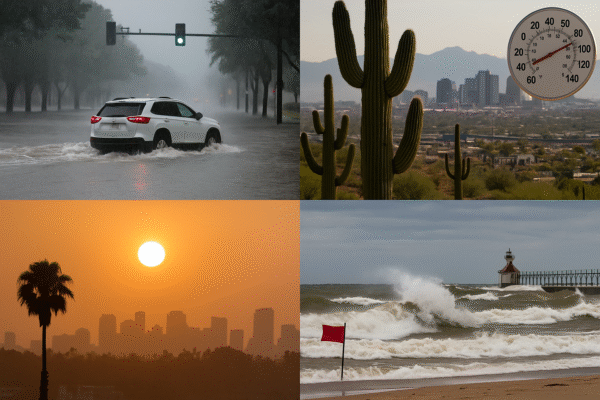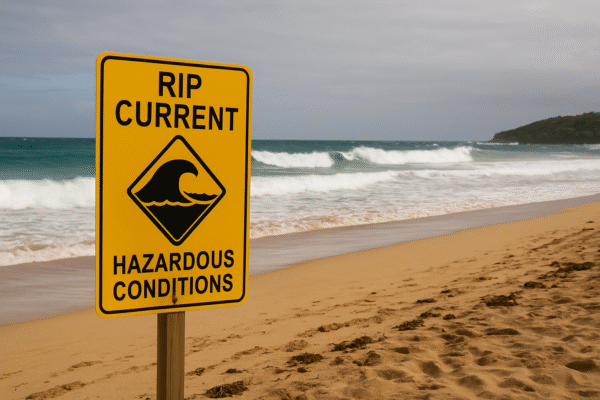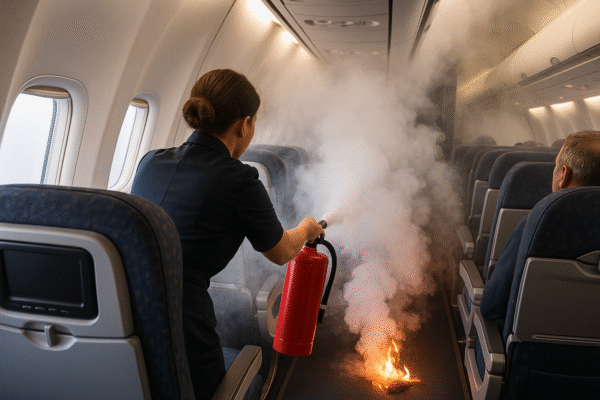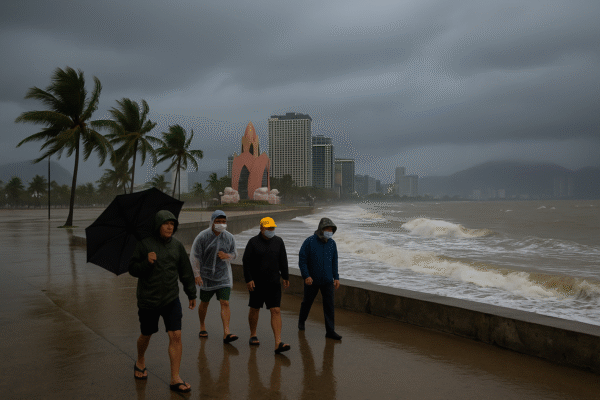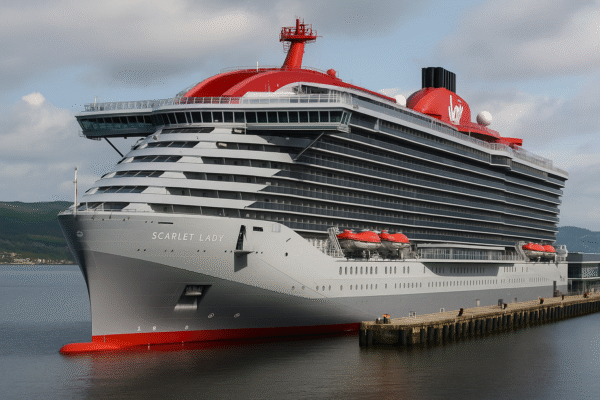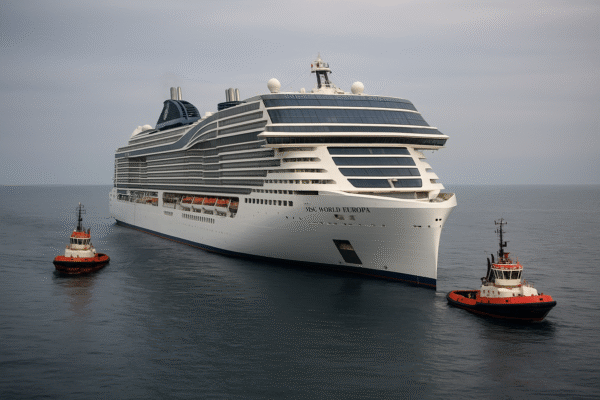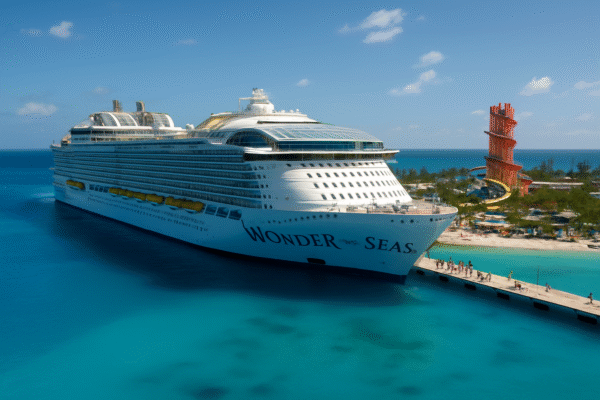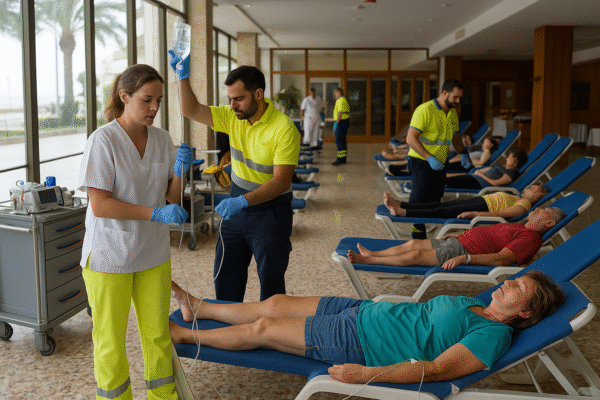Puerto Rico, Dominican Republic, Martinique, Guyana, and Mexico’s Riviera Maya are confronting one of the worst sargassum seaweed seasons on record—forcing coastal resorts and governments to act fast and smart.
According to recent satellite imagery from the University of South Florida’s Optical Oceanography Lab, an unprecedented 38 million metric tons of sargassum have drifted across the Atlantic from the West African coast, forming what scientists now call the Great Atlantic Sargassum Belt. The giant belt stretches thousands of miles from the eastern Atlantic to the Gulf of Mexico, affecting key travel destinations at the height of the summer holiday season.
Sargassum, a type of brown macroalgae, is a naturally occurring part of the marine ecosystem. In small amounts, it serves as a habitat for marine life. But in excess, it becomes a serious ecological and economic threat. Once washed ashore, the decomposing seaweed releases hydrogen sulfide, emitting a pungent odor and worsening air quality for beachside communities. The seaweed also blocks sunlight and chokes coral reefs, endangering marine biodiversity and coastal livelihoods.
Floating Barriers: A New Line of Defense
To safeguard tourism, hotels and resorts in Puerto Rico, Mexico’s Quintana Roo, and the Dominican Republic have begun deploying floating sargassum barriers—a promising technology that prevents the seaweed from reaching the beach. Unlike traditional cleanup methods, which are costly and environmentally invasive, these floating systems are designed to redirect seaweed into designated collection zones offshore. From there, it can be collected mechanically and repurposed.
In Cancún and Playa del Carmen, luxury resorts have collaborated with marine engineering companies to anchor long floating booms just beyond their shorelines. These structures not only restore the beach experience for travelers but also preserve local ecosystems by minimizing the need for heavy machinery on sand dunes and nesting grounds.
The Puerto Rico Tourism Company, in coordination with coastal municipalities, has supported similar pilot programs in key tourist towns such as Rincón and Fajardo. In Martinique and Guyana, where the problem has intensified over the past five years, hoteliers have joined forces with government agencies and NGOs to fund barrier installations and explore sustainable disposal methods for the harvested biomass.
Government and Regional Support Grows
The Dominican Republic’s Ministry of Environment and Natural Resources has earmarked emergency funding to support sargassum containment infrastructure in Punta Cana and La Romana, emphasizing the need to protect tourism, which accounts for more than 15% of the country’s GDP.
In Mexico, the Secretariat of Tourism (SECTUR) and the National Commission of Natural Protected Areas (CONANP) are promoting joint public-private investments in eco-innovation. As part of the response, the Mexican Navy is once again involved in deploying offshore collection vessels in the Caribbean Sea, a strategy that’s been used since 2015 with varying success.
The Caribbean Tourism Organization (CTO) has also stepped in, encouraging member states to enhance real-time monitoring systems and support research initiatives aimed at understanding the underlying causes of this surge—believed to be exacerbated by nutrient runoff, warming oceans, and altered wind currents tied to climate change.
Tourism Adapts to the New Normal
Despite the growing environmental concern, the hospitality sector remains resilient. Tourists still flock to the Caribbean in large numbers, drawn by world-class resorts, culinary experiences, and island culture. Many hotels have adopted transparency in their booking communication, alerting guests to sargassum updates and offering eco-excursions or wellness-focused indoor experiences during high-impact days.
“Guests appreciate our efforts,” said a spokesperson for a five-star resort in Tulum. “The floating barrier keeps our beachfront mostly clear, and we’ve added eco-education programs to raise awareness of marine conservation.”
Travel advisors now recommend that visitors check satellite maps and sargassum forecasts before finalizing their Caribbean travel plans. Several websites—including Sargassum Monitoring by the University of South Florida and official tourism portals—offer updated beach conditions and mitigation measures for each region.
Looking Ahead: A Sustainable Response
Experts agree that long-term resilience is essential. Beyond cleanup and containment, there’s growing interest in turning seaweed into commercial products such as fertilizer, biofuel, and animal feed—provided environmental safeguards are in place. Governments are also being urged to invest in nutrient runoff control, particularly from agricultural zones in South America and West Africa, which may be contributing to the algae blooms.
The Caribbean’s battle with sargassum in 2025 is not just a tourism issue—it’s a wake-up call for sustainable coastal management. Through regional cooperation, cutting-edge technology, and environmentally conscious tourism, affected destinations are showing that adaptation is possible, even amid a rising tide of challenges.
For more travel news like this, keep reading Global Travel Wire




